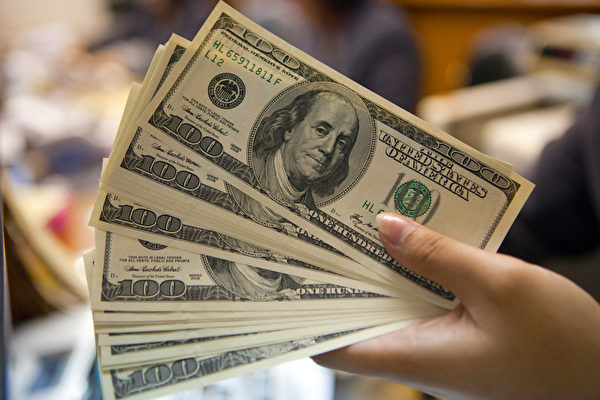The Federal Reserve’s rate cut will impact all borrowing and savings rates in people’s daily lives, including credit cards, mortgages, and car loans. However, the speed at which it affects your wallet may vary.
On Wednesday, September 18th, the Federal Reserve announced a 50 basis point rate cut, which was larger than what some market participants had anticipated.
The Fed stated that given the progress of inflation and risk balance, the committee decided to lower the federal funds rate target range by 0.5 percentage points to between 4.75% and 5%.
Since the last rate hike in July 2023, the Fed has maintained the benchmark federal funds rate between 5.25% and 5.5%, the highest level in 23 years.
Economists have cautioned against expecting immediate relief from the rate cut.
Columbia Business School economics professor Brett House told CNBC, “Consumers should be pleased with the rate cut, but it won’t bring significant immediate relief.”
Credit card rates are typically tied to the federal funds rate.
It usually takes one to two billing cycles for a Fed rate cut to impact your credit card bill. Even so, Wednesday’s anticipated rate cut may not provide much relief to borrowers.
During this rate-hike cycle, average credit card rates have risen from 16.34% in March 2022 to over 20% now, nearing historical highs.
Greg McBride, Chief Financial Analyst at Bankrate.com, told CNBC, “What should buoy borrowers is that we’re going to see a series of rate cuts that cumulatively will have a meaningful impact on borrowing costs, but it will take time.”
“A rate cut isn’t a panacea,” McBride said.
He noted that coming down from such high levels means there’s a long way to go even to lower rates from 20% to 19%, and a 19% credit card rate is still significantly higher than three years ago.
McBride recommended actively paying down credit card debt or using balance transfer cards with 0% interest rates.
Another option is refinancing with personal loans, currently averaging 12% interest rates.
With the expected Fed rate cut, mortgage rates have already decreased, though not enough to significantly reduce payments for potential homebuyers.
15-year and 30-year fixed mortgage rates are influenced by Treasury yields and the economy to some extent, impacted by Fed policies.
According to Freddie Mac, the average rate for 30-year fixed-rate mortgages dropped from 7.18% a year ago to 6.2%, hitting more than a year-long low.
The Mortgage Bankers Association stated that rising home prices have offset the benefits of lower rates so far this year.
Existing homeowners can look forward to lower rates on home equity lines of credit in a few billing cycles. If they took out a mortgage at the peak rate of 7.8% at the end of 2023, they may consider refinancing.
Rates for both new and used car loans have started to decrease after peaking earlier this year. Car loan rates often closely track the 5-year U.S. Treasury yield.
Concerns over rising default rates in auto loans might slow down rate decreases. The percentage of auto loans delinquent for over 30 days rose to 7.95% recently, the highest level since 2010.
Federal loans make up a significant portion of student debt, with fixed rates based on prevailing rates at borrowing time.
Therefore, the expected Fed rate cuts won’t affect existing borrowers. Students entering college next year can anticipate lower rates starting from July 1st.
Currently, federal undergraduate loan rates stand at 6.53%, higher than last year’s 5.55% and the pandemic low of 2.75%.

